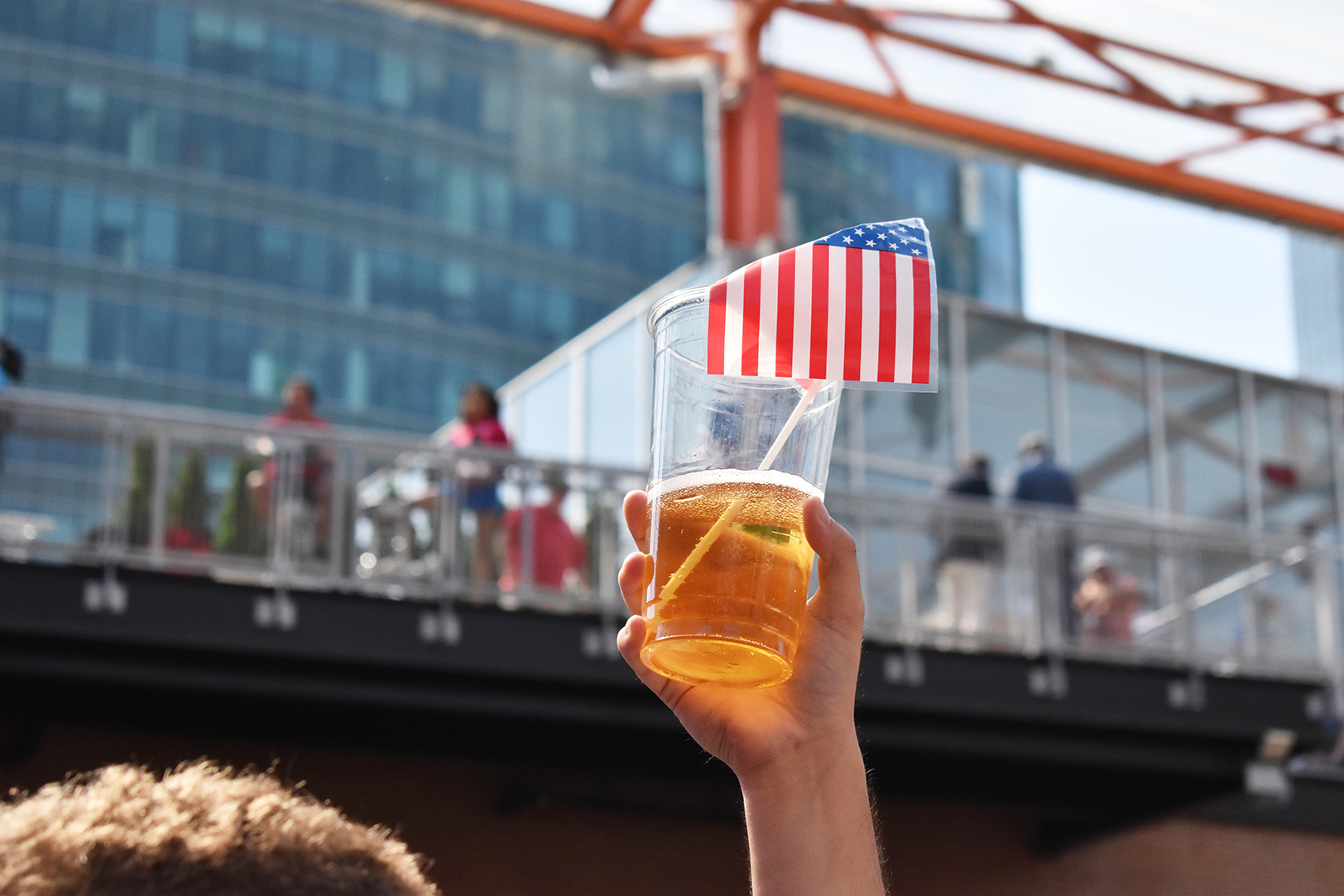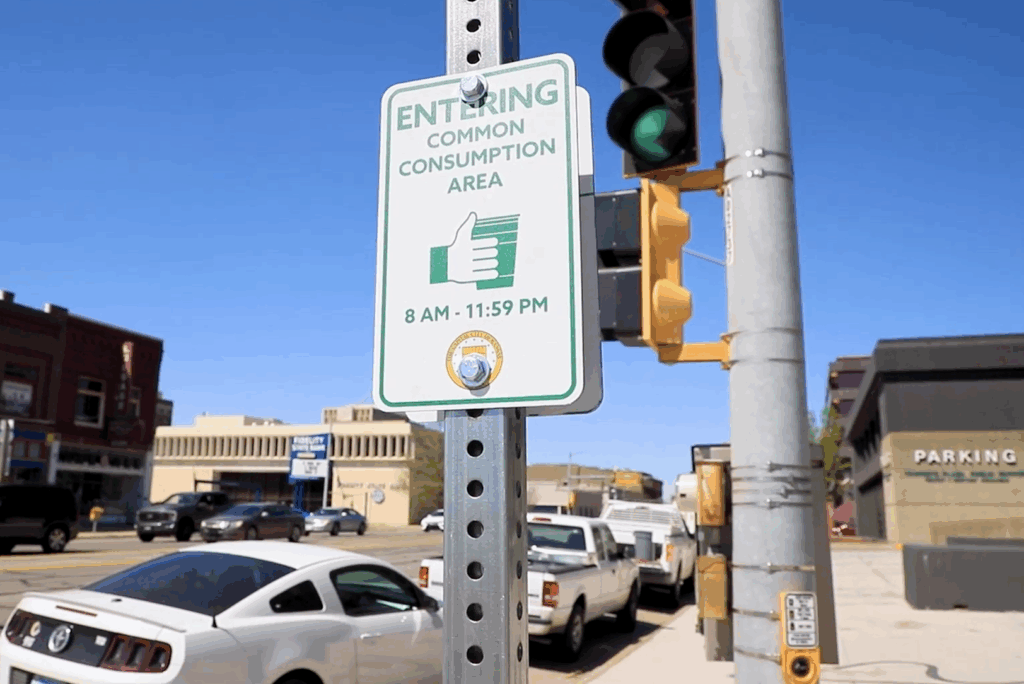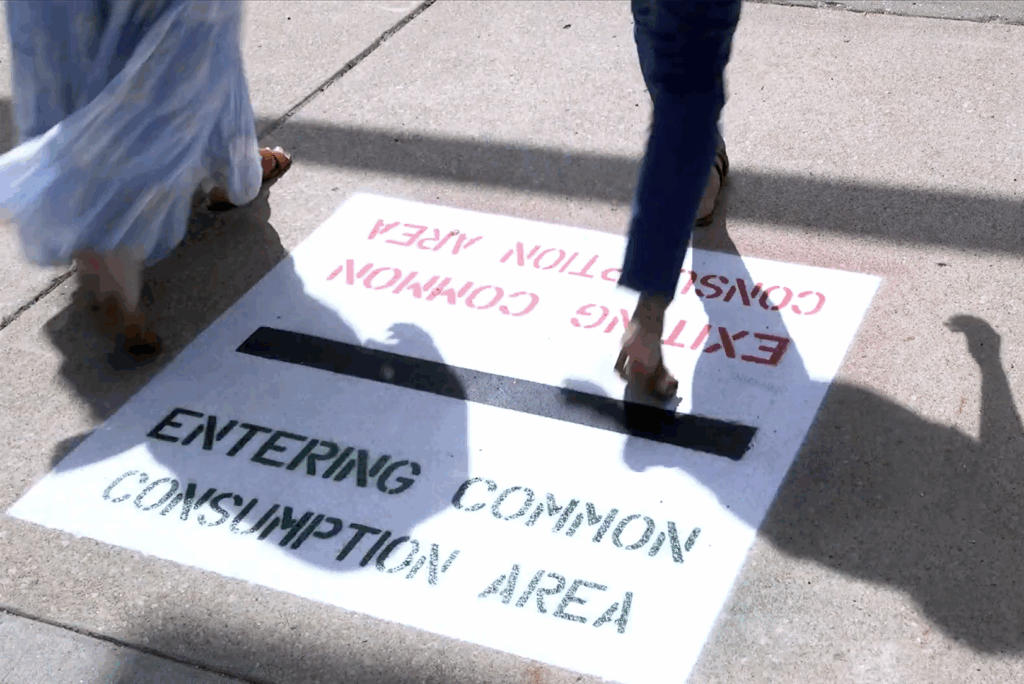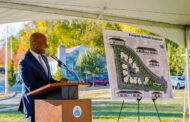Entrepreneurs want to tap into all the potential business they can when an estimated 650,000 visitors descend on Kansas City for the World Cup, said Jim Ready, detailing plans for a temporary expansion of alcohol sales in KCMO to accommodate a global audience in June and July 2026.
The move is more of a stress test than a free-for-all — a way to understand how far the city can stretch its nightlife infrastructure without losing control, emphasized Ready, manager of Kansas City, Missouri’s Regulated Industries division.
“We all know we have a responsibility to play in here to try to help people have fun, but we’ve got to make certain that the safety aspect is certainly followed,” he said.
From June 11 to July 19, 2026, bars and restaurants across Missouri that are licensed to serve alcohol will be allowed to serve from 6 a.m. to 5 a.m. under a statewide exemption passed in anticipation of the FIFA World Cup.
The unprecedented move, regulators say, targets sales to fans — especially out-of-town visitors — who might venture into local businesses hoping to watch live broadcasts from other host cities in wildly different time zones.
ICYMI: World Cup innovation-networking hub, FIFA fan fest plans unveiled by KC organizers
In Kansas City, it’s about making a good impression as a welcoming host, said Alan Kneeland, owner of The Combine.
“We’re still waiting to learn more about the crowds and cultures that will be coming here, but we already know that some of the games will be running late — at times that are unusual for Kansas City businesses because they’re targeting a global audience in other time zones,” said Kneeland, who also serves as chairman of the Greater Kansas City Restaurant Association. “For me as an operator, if I have a crowd of fans in my establishment — either watching a game or celebrating afterward — I don’t want to have to kick them out.”
RELATED: FIFA’s final draw for 2026 World Cup set for early December in Washington DC
How a statewide exception was born
The idea for the 23-hour drinking expansion didn’t start in Jefferson City or even at City Hall, said Ready.
“It really came from the Greater Kansas City Restaurant Association,” he said.
Kneeland confirmed the business group took the concept to regulators after its leaders learned more about the expansive fan culture among the sport’s global audience.
“We want to welcome all these different cultures and put Kansas City on the global map in a way that we haven’t before,” he said. “To do that, we need to be able to give them a taste — through our restaurant, bars and businesses — of our culture, of our offerings. We want them to see what Kansas City can do with this big of a crowd.”
Taking a collaborative approach between industry, local and regional officials, the proposal breezed through at the state level — making the temporary change Missouri-wide, rather than just limited to Kansas City, Kneeland and Ready said.
“From my perspective, I’ve never heard of this ever being done before,” Ready said. “I think this is a whole new thing.”

Fans react in June 2022 at Power & Light as news breaks that Kansas City will host during the 2026 World Cup; photos by Channa Steinmetz, Startland News
Not every bar is staying open late
The new rule doesn’t require participation — it only permits it.
“Now, I’m not going to be staying open until 3 or 4 o’clock in the morning, not at all,” said Kneeland, whose popular pizzeria is already a popular gameday hangout. “But this gives me the opportunity to extend my hours to get the most out of the World Cup, to capture more of the business that will be headed our way, and to be a good host for these visitors.”
That distinction will likely limit how far the change spreads, Ready said.
“I’ve heard some people are just saying, ‘We’re not staffed for this. We don’t want to be open until 24 hours. We don’t want to sell alcohol and take on that liability until 5 a.m.’” he added.
Ready expects that Power & Light District venues, with heavy tourist traffic and security infrastructure, will take advantage of the expanded hours, while more conventional restaurants and chains will stick to their traditional closing times.
“The Applebee’s of the world — when they typically close at 11 o’clock or midnight on the weekend — I don’t think they’re going to all of a sudden start being open until 5 a.m. just for this,” Ready said.
Managing risk and responsibility
Public safety will be paramount especially in entertainment areas where fans “come and watch the games and be social, do the party nightlife thing,” Ready said, noting the scale of the city’s precautions go well beyond the extra drinking hours.
“Just in terms of how we handle security … I expect we may be out there working at all hours of the night,” he said. “We’re going to be out there all hands on deck.”
Ultimately, however, the responsibility for safety and moderation still falls squarely on operators, Ready emphasized.
“The burden, and they know this too as an operator, it comes down on you,” he said. “You want to make sure you’re selling alcoholic beverages responsibly because you don’t want to be serving to minors. You certainly don’t want to be overserving because if you overserve to somebody who leaves your bar at 5:30 in the morning who has drank for 10 straight hours and they get in a fatality, a lawsuit’s coming your way.”
Personnel from Ready’s office are expected to be visible, if unobtrusive, during the tournament, he said.
“We don’t want to get in anybody’s way as regulators,” Ready said. “We want to be unseen and unheard, but if we go out and we see a problem, we want to bring it to the business’s attention and say, ‘We see this, you’ve got to take care of this right now.’”
Kneeland observed that the city isn’t waiting until next summer to make sure entrepreneurs are on the right track.
“They’re going in and actually listening to people’s complaints and concerns, and figuring out if certain businesses really fit the area, and if they’re abiding by all the laws, rules and regulations,” he said. “They know we have to get ready, now.”
RELATED: Here’s how KCMO plans to turn empty storefronts into a World Cup stage for local talent
Lessons from an open-container experiment
While Kansas City braces for its first taste of 23-hour nightlife, Topeka has already been experimenting with an open-container concept — a common consumption area downtown that allows open alcohol within a designated district.
Kansas paved the way for the model back in 2017, but the law was initially impractical, said Bob Ross, the new president of the Greater Topeka Chamber of Commerce.

Event-goers enjoy drinks at Evergy Plaza in downtown Topeka where a common consumption area allows open containers within certain boundaries of the business district; photo by Tommy Felts, Startland News
“It required that any public street or roadway within that common consumption area had to be blocked from traffic during the hours in which consumption occurred,” he said. “Which essentially neutered the ability for the district to really function in any real way because it still required permitting and street closures.”
Ross and other local advocates worked to amend the statute in 2023, removing the street-closure requirement and focusing instead on signage and clear boundaries.
“We were able to take our stakeholders to northwest Arkansas,” he said, pointing to Bentonville and Fayetteville as regional success stories.
“They were already identifying areas like in their railroad district and Rogers, Arkansas, which allowed people to move about this kind of very sophisticated arts district with branded cups, wristbands and mapped-out boundaries. And we were able to take our stakeholders there and really see how this is being put into practice.”
After the legislative change, Topeka implemented its downtown consumption zone in 2024.
“If you’re walking downtown, you’ll see the boundaries of the district,” Ross said. “You’ll find the boundaries notated at the intersections by the crosswalks where it’ll tell you where you are now entering or leaving a common consumption zone. It allows people to police themselves, and it’s been a real benefit to our downtown businesses.”
Early fears about public drunkenness never materialized, Ross said.
“There was some initial apprehension with the risk of maybe public drunkenness or what it would do to optics within the district, but we haven’t seen any of that,” he said. “If anything, we trust adults to act like adults.”
The policy has created a smoother customer experience, he added.
“It allows a person who’s enjoying a beer in one business, but we have a concert series happening at our plaza in the center of our downtown — they can walk out and be able to move over to enjoy that outdoor concert without risking violating any issues,” Ross explained. “It does really help with just removing the burden on the customer experience.”
In Topeka, city officials agreed the change has been uneventful in the best way possible.
“There has not been a significant change in the crime rate related to the common consumption ordinance,” said Kimberly Qualls, public relations specialist for the City of Topeka.
“Upon implementation of the ordinance, TPD increased the number of officers in the downtown area. We quickly learned we did not need to allocate additional resources as there were no notable increases in criminal activity.”
A growing trend
Topeka isn’t an outlier. Across the country, cities are increasingly experimenting with such common consumption or “entertainment district” laws — policies that carve out mapped zones where patrons can carry alcohol outdoors in clearly branded cups, often within walkable downtowns or arts corridors.
Eleven states explicitly allow local governments to create open-container “common consumption areas” (aka entertainment districts): Alabama, Arkansas, Colorado, Kansas, Maine, Michigan, Mississippi, Missouri, Nebraska, North Carolina and Texas, according to the National Conference of State Legislatures.
One of the most mature examples is Ohio’s Designated Outdoor Refreshment Area program, or DORA. Created in 2015 and since expanded multiple times, it lets cities and towns apply for state approval of open-container zones. As of 2024, Ohio’s Division of Liquor Control tracks more than 160 DORAs statewide. Larger metros such as Columbus, Cincinnati and Toledo each host several, while smaller towns like Oxford and Troy report steady retail growth and few alcohol-related issues since adopting theirs.
Elsewhere, states from Arkansas to Colorado have leveraged similar frameworks to revive downtown districts and tourism corridors. The pattern is clear: When boundaries, signage and enforcement are well defined, the zones tend to operate quietly — more like community block parties than bacchanals — and can inject new life into commercial streets that once went dark after 5 p.m.
Tommy Felts contributed to this report.
Haines Eason is the owner of startup content marketing agency Freelance Kansas. Previously he worked as a managing editor for a corporate content marketing team and as a communications professional at KU. His work has appeared in publications like The Guardian, Eater and KANSAS! Magazine among others. Learn about him and Freelance Kansas on LinkedIn.












































